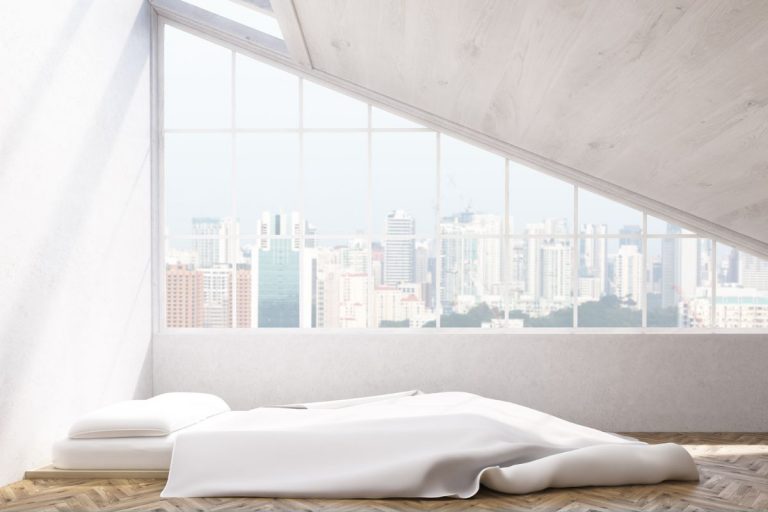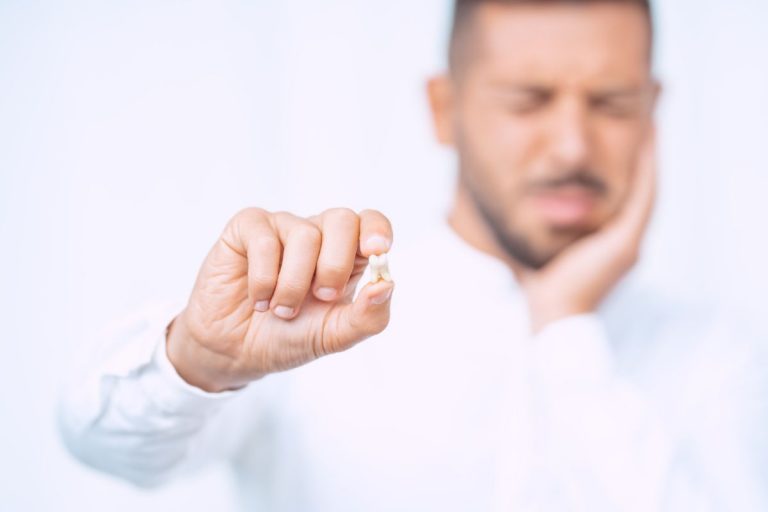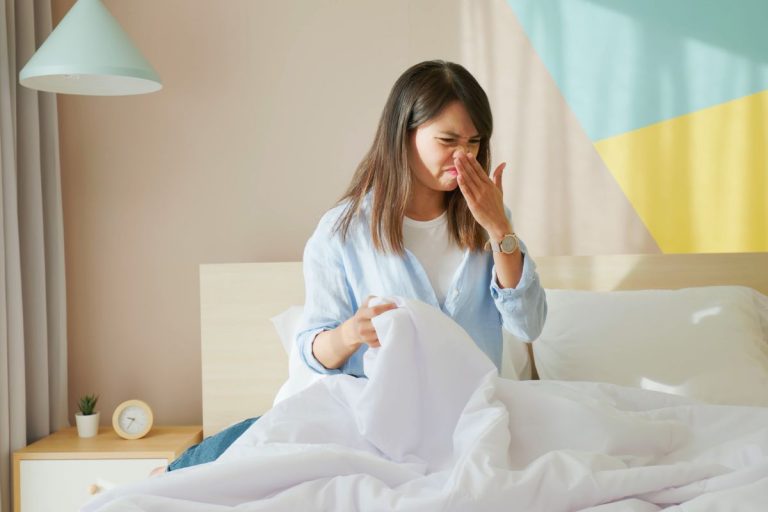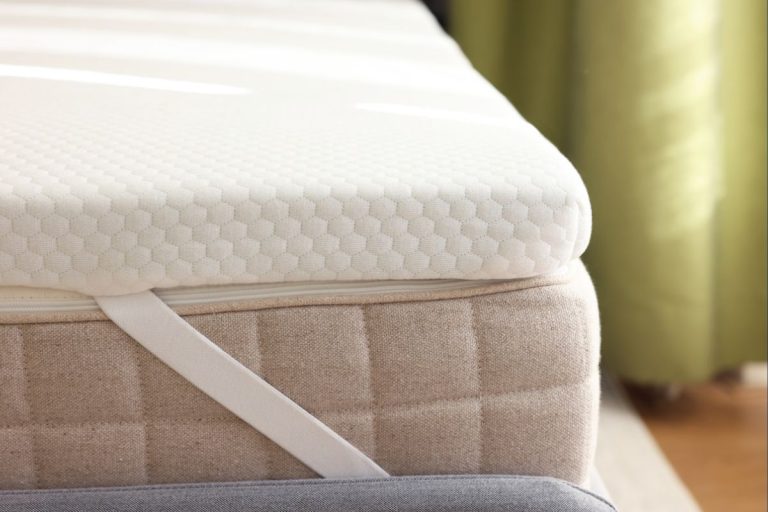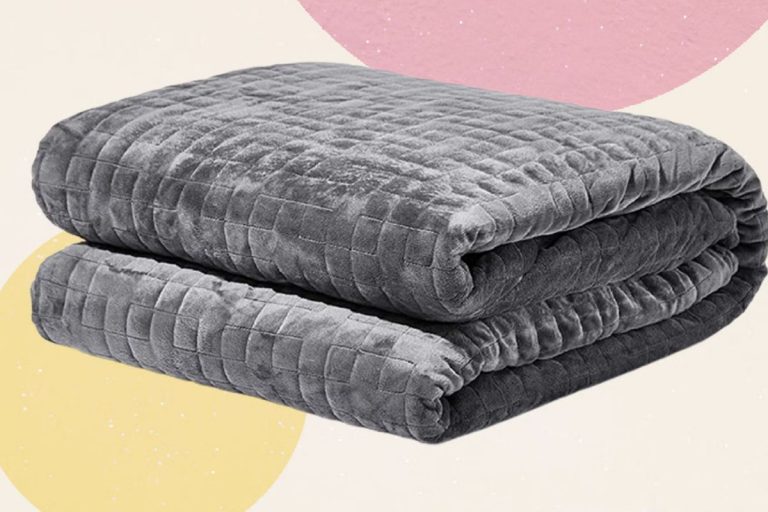If your sleep is disrupted due to different noises like dogs barking, pipe leaking, or birds chirping you must’ve wondered about the impacts of different noises on our sleep cycle. Perhaps, someone has recommended you to use a white noise machine or another device that would make sleeping more bearable, especially if you sleep next to a snoring partner.
However, white noise is not for everyone, which is why we wrote this guide that will help you make a difference between pink noise vs. white noise vs. brown noise.
Before we dive in, it’s important to note that sleep disruption isn’t a consequence of constant noise, but rather changes and fluctuations of it.
Our brain usually gets used to a certain frequency and sound flow but it’s the abrupt changes from silent to loud and high pitch to low pitch that keep some awake at night.
Pink Noise
A lot of noises are defined with colors, which depend on the energy of the sound signal that they emit. Additionally, aside from the frequency distribution, the speed of sound is also important in determining the color of the sound.
Pink noise is a special type of noise. Just like white noise, it contains all the hearable frequencies by the human ear.
However, the energy of the frequencies isn’t distributed equally, as is the case with white noise. As a result of that, the pink noise is stronger at lower frequencies, which makes it deeper.
The exact energy depth is what makes pink noise different than white noise, and thus for some, it’s more effective. Pink noise is contained in all sorts of nature sounds.
You can hear it in the rain, rustling leaves, heartbeats, and wind, as well as crashing waves and other natural events. The human ear can easily distinguish between white and pink noise, but if you aren’t sure, keep in mind that the pink noise sounds flatter and more even.
Also Read: Why Rain Makes Me Sleepy?
Benefits of Pink Noise
For a lot of people pink (noise) became the new white, as white noise may not be enough for some people to fall asleep, while white noise sounds more natural.
Because of its soothing effects, the pink noise has the potential to become a good sleep aid. Additionally, some research says that pink noise can be used for better cognitive ability and memory.
The main benefit of pink noise that aids our sleep is its ability to slow down and reduce our brain waves, which ultimately leads to deeper and more restorative sleep.
Researchers tested this as part of a study conducted back in 2012.
Another study from 2017 discovered the connection between pink noise and deep sleep. As you may know, deep sleep is the most restorative sleep phase and contributes to muscle and bone restoration.
In addition to that, it’s also good for memory which is another link between memory and pink noise. With that in mind, if you have difficulty remembering things for a long time and are looking for a good way to minimize external noise, pink noise is one of the most plausible solutions.
Potential Drawbacks of Pink Noise
It’s important to note that there is little research in the field of pink noise and aside from the currently available studies, there is not a lot of resources to look at.
Still, a lot more evidence is lining up regarding pink noise’s effect on sleep. While there are no scientifically-proven risks and drawbacks of pink noise, it may be too rough for infants who prefer a more neutral sound such as white noise to stay asleep.
White Noise
White noise isn’t a lot different compared to pink noise. Still, while it contains all the frequencies hearable by human ears, the distribution of the frequencies are all equally distributed. That means you won’t hear one sound or hum more than the other. All frequencies sound equal, which creates a unique humming sound that is restorative for sleep, especially in infants.
Pink noise usually exists in white noise machines, that in addition to providing a steady humming sound that helps you sleep will also be accompanied by the sound of waves, thunderstorms, crackling fireplace, and others.
However, the main white noise can be found in various home appliances including radio static, radiators, humidifier, air conditioners, fans, vacuum cleaners, and much more.
The reason why white noise is so welcome as a sleep aid is because its equal distribution of sound frequency can be used to mask away even the most intense sounds like car honkers and traffic jams, water disruptions, snoring, and others. A lot of sleep experts and doctors recommend it as one of the passive ways to treat insomnia.
Interestingly, the popularity of white noise shot such heights where even machines were designed with white noise frequency.
Some are specifically designed for infants, while a lot more companies design white noise machines specifically for adults. They are used by both but a 1990 study found that white noise is helpful for babies who can’t fall asleep. Out of 40 tested babies, 80% fell asleep five minutes within hearing the white noise.
However, the benefits work on both infants and adults.
Benefits of White Noise
Naturally, white noise’s neutral sound waves will help you fall asleep by relaxing you and helping you reach the deep sleep phase as you won’t hear external sounds.
However, white noise has more benefits than just sleeping. A 2017 study found that the use of white noise machines in the office environment enhances productivity and the ability to learn.
We can easily agree that offices tend to be some of the loudest closed spaces. The reason for that is in case someone uses loud mechanical keyboards, talks over the phone have open-back designed headphones, or just can’t stop chatting with other coworkers. The practice shows that white noise machines help block out that noise and focus on your work.
White noise is also a great companion for traveling.
Roads and flights can get long and loud. If listening to music is not an option, but you’d like to get a little shut-eye, using a white noise machine, or even white noise apps could be of great help.
There are several benefits for babies too. As the 1990 study showed, it’s evident that babies will fall asleep in no time thanks to the effects of white noise in the background. If you have older children who tend to be loud, the white noise can block the noise out without having you tell them to keep too quiet and peaceful.
If you see that white noise machines come with a heartbeat setting, you can use it to match the mother’s heartbeat which is especially comforting for newborns who are used to being close to the mother. It can also be helpful for babies who are learning to sleep alone.
Know More: Does White Noise Help You Sleep?
Potential Drawbacks of White Noise
The problems with white noise can be personal. For example, someone may not be fond of that level of neutrality when they sleep. If you sleep with a partner, the white noise may feel disturbing to them while helping you. The same goes for babies, they may not have an easier time sleeping with the machines.
Additionally, some white noise machines are made with bad specs. The limit for white noise machines is 50 decibels, but some manufacturers may make them a tad higher.
Lastly, for some people sleeping with white noise could become nearly essential and once they’d go somewhere without a white noise machine, they’d have a hard time falling asleep.
Risks for Infants
A lot of infants become reliant on white noise and getting them to sleep in other conditions may be more difficult.
Furthermore, a 2014 study found that machines with a white noise index higher than 50 decibels could lead to potential development problems like problems with hearing. The same study discovered that there’s a risk with a problem with speech development and language processing.
Based on those findings, experts recommend keeping white noise machines at 7 feet away from the bed or crib. Also, it’d be a good idea to keep the volume on the machine low.
Brown Noise
Often called red noise, brown noise has the highest energy at lower frequencies, which makes the sound deeper compared to the white and pink noise. At the moment there’s not enough information about how brown noise works and whether it’s beneficial to the sleep pattern like white noise and pink noise.
What experts know for now is that even though it’s deeper, both brown noise and white noise sound extremely similar to the human ear. Based on speculation and some hands-on testing, using brown noise can help you relax and fall asleep easier.
Scientists actively research the different noise colors and frequencies to be able to learn more. All in all, brown noise reminds you of low frequency roaring, thunderstorms and waterfalls as well as really strong tide waves.
To Sum Up, What’s the Difference?
As we know now, there are a lot of noise colors and each one belongs to a certain frequency spectrum. What we know is that all three contain the frequency spectrum hearable to humans.
However, the distribution of those frequencies contributes to the overall energy and what we hear. The most neutral noise is the white noise, it consists of all the possible frequencies that are equally distributed. Pink noise is the same, but its frequency distribution is different in certain parts.
The deepest, however, is the brown noise which has the most energy distributed on the lower frequencies, which makes it a bit deeper and rougher. While all three are believed to contribute to better sleep hygiene and ease of falling asleep, only white noise and pink noise to some extent are confirmed to yield scientific benefits for sleep.
Conclusion
Now that we described the most popular noise colors, we must point out that using a white noise machine or adding any of the sleep noises to your sleep environment is a guaranteed cure for sleepless nights.
Going to bed at reasonable times, avoiding massive meals late in the evening, exercising throughout the day, and giving up the electronics before bed as well as stressful situations is the most beneficial to falling asleep easier. A white noise machine is there only to guide you as you sail off to the dreamland.
If you are facing difficulties falling asleep on a recurrent basis, you may likely be suffering from insomnia. With that in mind, it’d be best to visit a doctor where you can discuss proper therapy to treat this condition.
Some sleep experts sometimes talk about another type of noise known as the black noise. It is the definition of complete silent. While impossible to achieve because complete silence doesn’t exist, the quieter the sleep environment the chances to fall asleep become better. Some people prefer sleeping without any noise whatsoever and have more restorative sleep as a result.
